How To Produce Paving Blocks?
To produce paving blocks first you need a paving block machine. Depending on your machine the process of producing paver blocks can be, semi-automatic, automatic, or fully automatic.
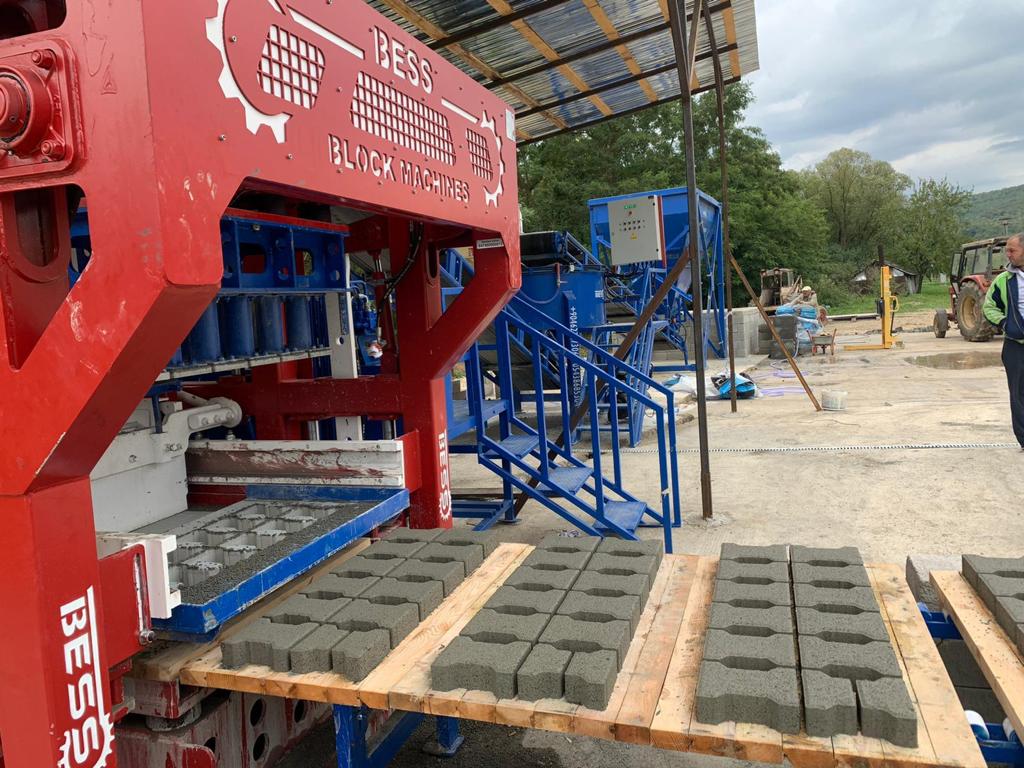
First, you need a machine like the picture below, then you need to order the raw materials needed for your production process. The raw materials are cement, aggregates, and water.
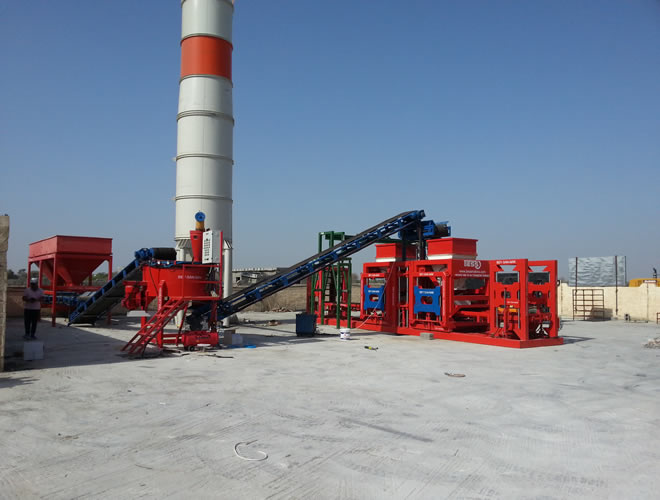
Then they should be mixed with the right ratio. Keep in mind that the mortar ratio used for producing paving blocks is different from the normal construction mortar ratio. This is normally done in concrete mixers. The advantage of using an automatic system for this purpose is that your mortar ratio will always be the same and as a result, the final quality of the paving block will also be the same. It is very important for the customer to keep the same quality over time because this is the only way to keep your customers.
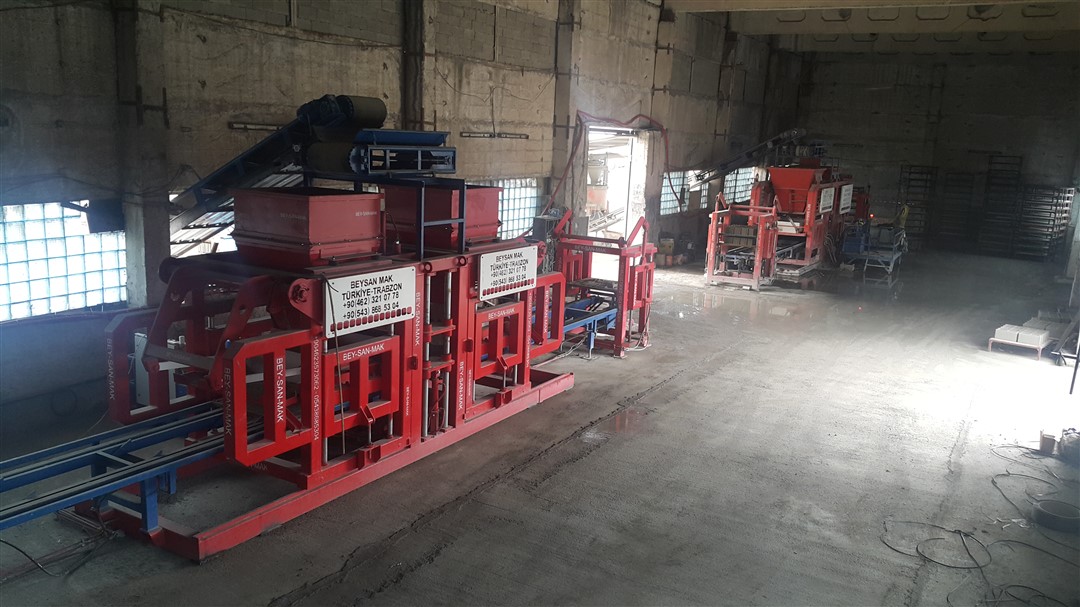
After your mortar is ready, you need to transfer it to the molds to apply vibration and force to create the desired shape. Paving blocks are produced with molds which means that to produce each shape of paving block you need a different mold. Molds can be metal or plastic depending on your production capacity and type. In big plants, metal molds are used to produce paving blocks.
Consider that these machines are in fact concrete block machines. You can produce hollow blocks, solid blocks, paving blocks, and curbstones with these machines as well. all you need to do is to change the mold.
transporting the mortar to the mold is done by conveyor belts. First, the mortar is poured into the mortar hopper of the machine then its poured into the mold. Vibration is used to densify the mortar. When the mold is filled the upper mold moves down and applies pressure to the down mold to shape the paver blocks. This is done by hydraulic pistons.
Consider that vibration and pressure are the main factors in producing high-quality paving blocks.
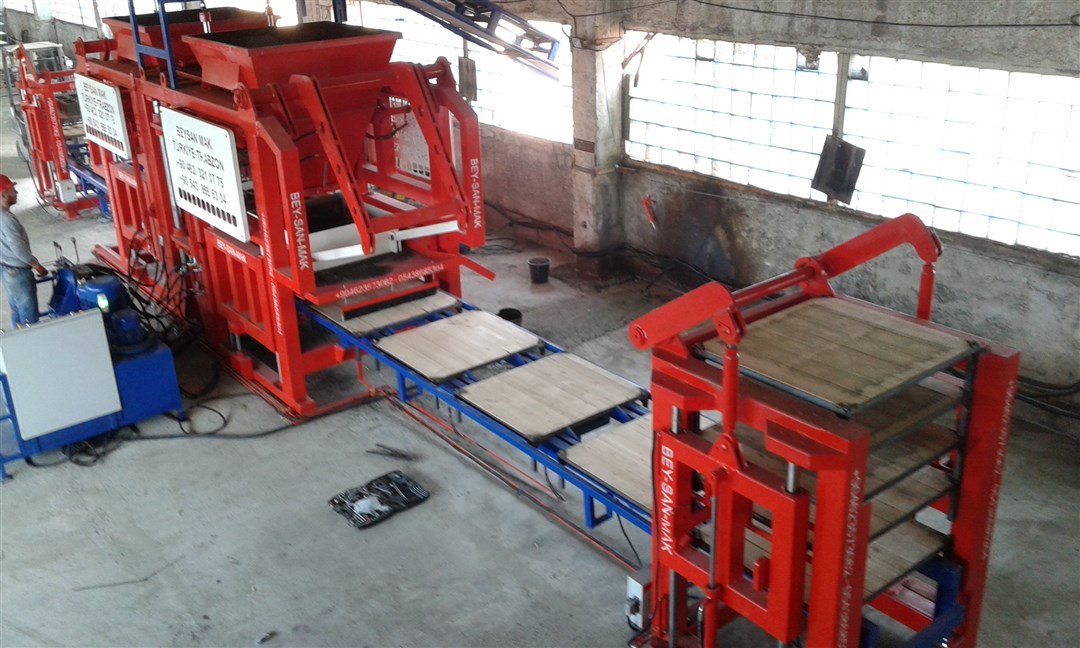
The paving blocks are shaped on the production pallets and after they are shaped, the molds go up and the pallets with the paving blocks over them out of the machine.
Semi-automatic machines collect the pallets manually with handcarts and automatic ones use robots and forklifts to collect the pallets.
Paving Block History
The idea of paving blocks was first time discussed in Rome. When armies were marching between cities and countries, they usually got stuck in the mud so the Roman engineers found a way to change the mud to paving stones. The paver blocks in their modern shapes were first designed and built by Germans.
The new shapes are designed in a way to lock each other and they are called interlocking paving blocks.
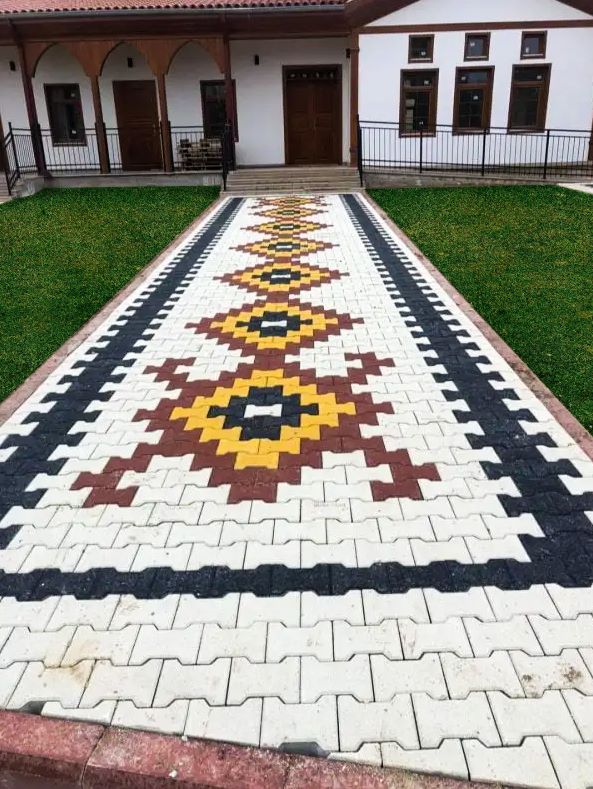
Paving Block Advantages And Limitations
Due to the advantages that paving blocks have, they are very popular. Below is the list of advantages that paver blocks have.
1. High-quality and high dimensional accuracy if produced by a high-quality machine.
2. High durability of paving blocks due to the high pressure approved in the production process.
3. Pavers are not affected by thermal expansions or contractions.
4. The machine needed to produce paving blocks is a simple machine compared to other materials
5. There is no need for curing in auto clove; as soon as it is dried, it can be laid.
6. Paving blocks are so easy for maintenance. You only need to replace the blocks that are broken or cracked. Generally, it has low maintenance costs.

7. If you use colored pavings in the streets, they will be permanent traffic markings. But in asphalt streets, you need to color them once in a few months.
8. Lots of available shapes to choose from, different shapes of paving blocks are produced in different colors.
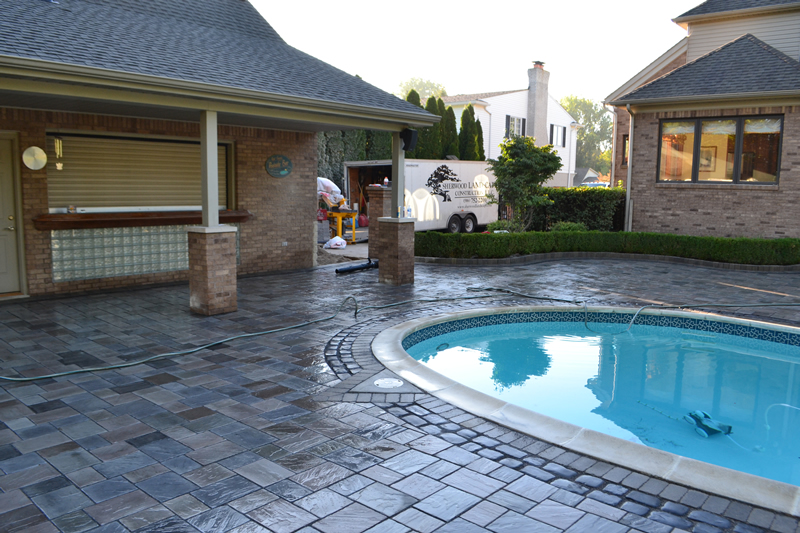
9. Available raw materials almost in every country at cheap prices.
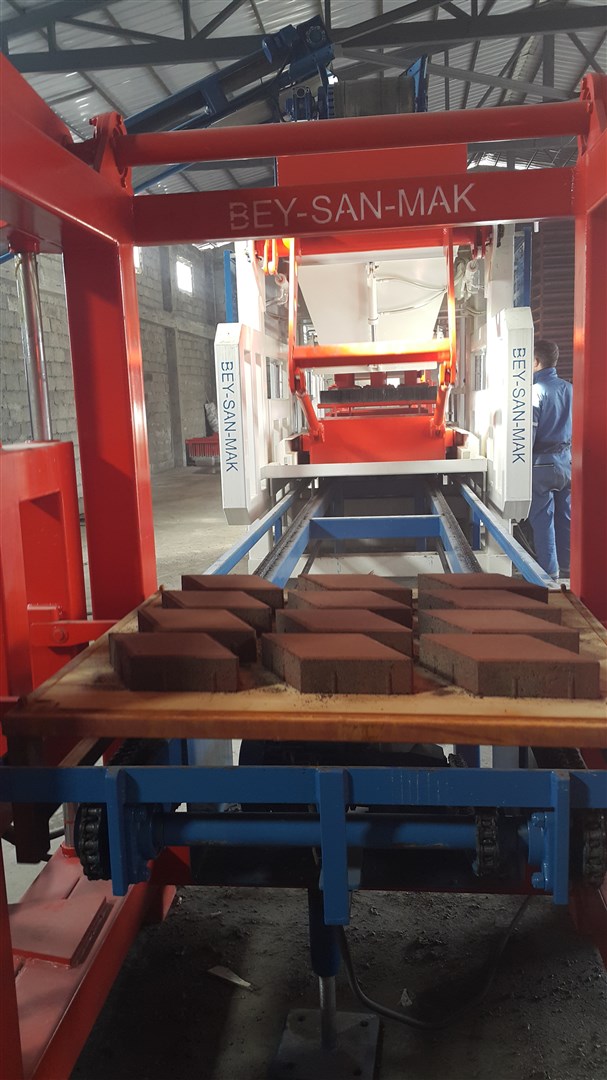
The limitations of paving blocks are listed below as well.
1. The quality control unit in the factory should be active and accurate
2. For a smooth surface, fine raw materials are needed, and also it should be brushed while it is still wet
3. The space between the blocks also called joints should be filled with high-quality materials for better performance.
4. It is very important to prepare suitable bedding for paving blocks, otherwise, they will be deformed or broken when pressure is applied.
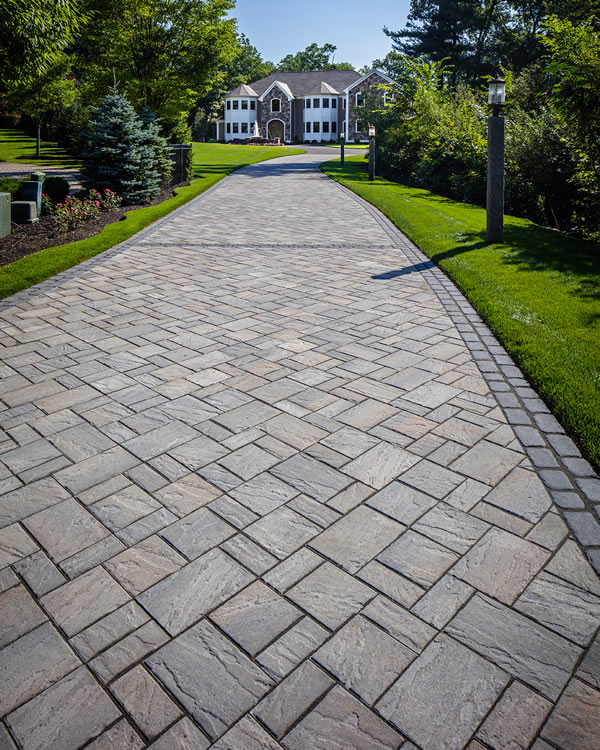
Note that the paving block machıne can produce hollow concrete blocks as well. If you are interested in learning more about hollow blocks you can read our article Hollow Block Machine.
The Mortar Used In Producing Paving Blocks
The concrete commonly used to make concrete blocks is a mixture of powdered portland cement, water, sand, and gravel. This produces a light gray block with a fine surface texture and a high compressive strength. In general, the concrete mixture used for blocks has a higher percentage of sand and a lower percentage of gravel and water than the concrete mixtures used for general construction purposes. This produces a very dry, stiff mixture that holds its shape when it is removed from the mold. If you still have questions on how to produce paving blocks, please contact us.
Mortar is usually one part Portland cement, one-quarter to one-half part lime, and two to three parts sand. Lime helps make the mixture easier to work with. If you choose to make the mortar, mix the cement, lime (not dehydrated lime), and sand completely while dry before adding water.
Also, different additives are added to the mortar to add some additional features to the paving blocks.
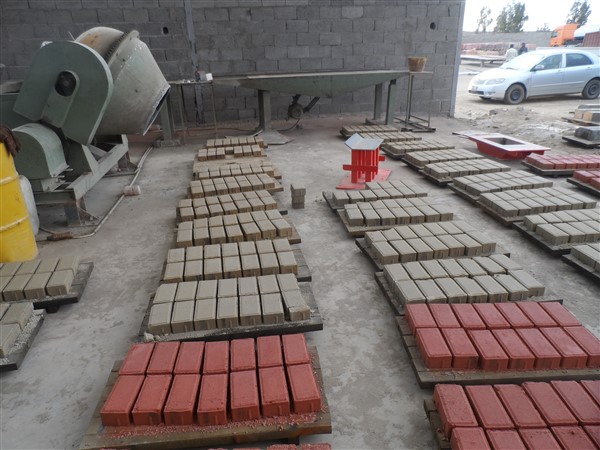
Paving Block Different Shapes
The paving blocks are produced in different shapes and thicknesses. Each country has its own popular paver blocks so it's important to choose the right mold for your country. Consider that the production capacity of your plant can be different according to the mold that you choose. Also, the thickness of the block affects the production capacity of the machine.
You can see Bess paving block gallery to see the available molds. Below you can see a sample of paving block production over the pallets. If you wonder if there are other answers to the question of how to produce paving blocks you can write us your answers.
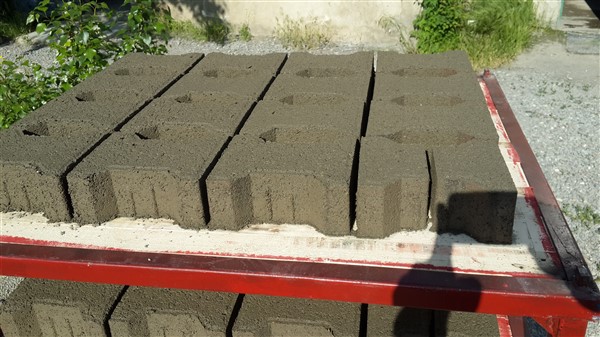
Different Types Of Paving Block Machines
There are different types of paving block machines with different capacities and different equipment. The major difference between these machines is the number of hoppers. There are two types of machines; single-hopper and double-hopper. Single-hopper machines can produce single-layer paving blocks whereas double-hopper paving block machines can produce double-layer paving blocks. Customers from developed countries mostly prefer double-hopper machines due to their advantages over single-hopper machines.
The paving block machine is also called an ''interlocking brick machine''. Don't get confused if you hear different names.
There are also different automation levels available for paving block machines, based on your budget, your project size, the target capacity, and your country you can choose between semi-automatic, automatic, or full-automatic machines. Below you can see the production process of a semi-automatic paving block machine. You can watch more videos on our youtube channel.
Applications Of Concrete Paving Blocks
Paving blocks are applied in a variety of places. Below are the places the paving blocks are used the most:
1. Non-traffic areas:
Building Premises, Footpaths, Malls, Pedestrian Plaza, Landscapes, Monuments Premises, Premises, Public Gardens/Parks, Shopping Complexes, Bus Terminus Parking areas, and Railway Platform, etc.
2. Light traffic areas:
Car Parks, Office driveways, Housing Colony Roads, Office/Commercial Complexes, Rural Roads, Residential Colony Roads, Farm Houses, etc.
3. Medium traffic areas:
Boulevards, City Streets, Small Market Roads, Intersections/Rotaries on Low Volume Roads, Utility Cuts on Arteries, Service Stations, etc.
4. Heavy traffic areas:
Container/Bus Terminals, Ports/Dock Yards, Mining Areas, Roads in Industrial Complexes, Heavy-Duty Roads on Expansive Soils, Bulk Cargo Handling Areas, Factory Floors and Pavements, Airport Pavement, etc.
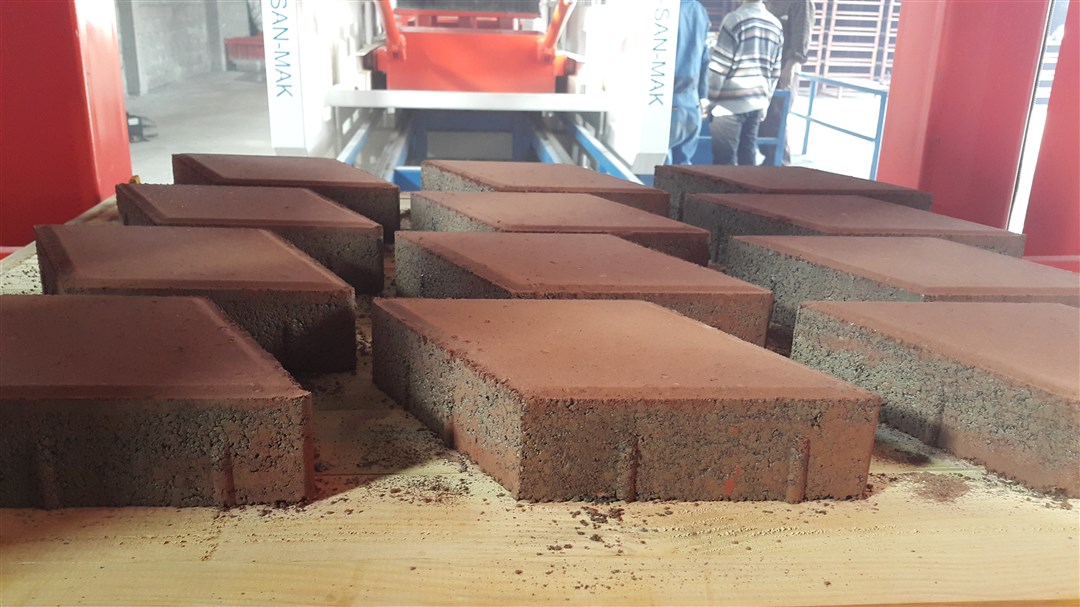
Conclusion
To produce paving blocks the best way is to use a machine, without a machine your concrete ratio and your production capacity won't be the same. Your production capacity will also be low since you need to handle all the steps manually. If you already have a machine you can contact Bess to get your concrete block manufacturing business plan. By having a business plan your efficiency will be increased and you can easily earn more money with the same production.
You can contact Bess English department for a quotation for the machine or your special business plan.















